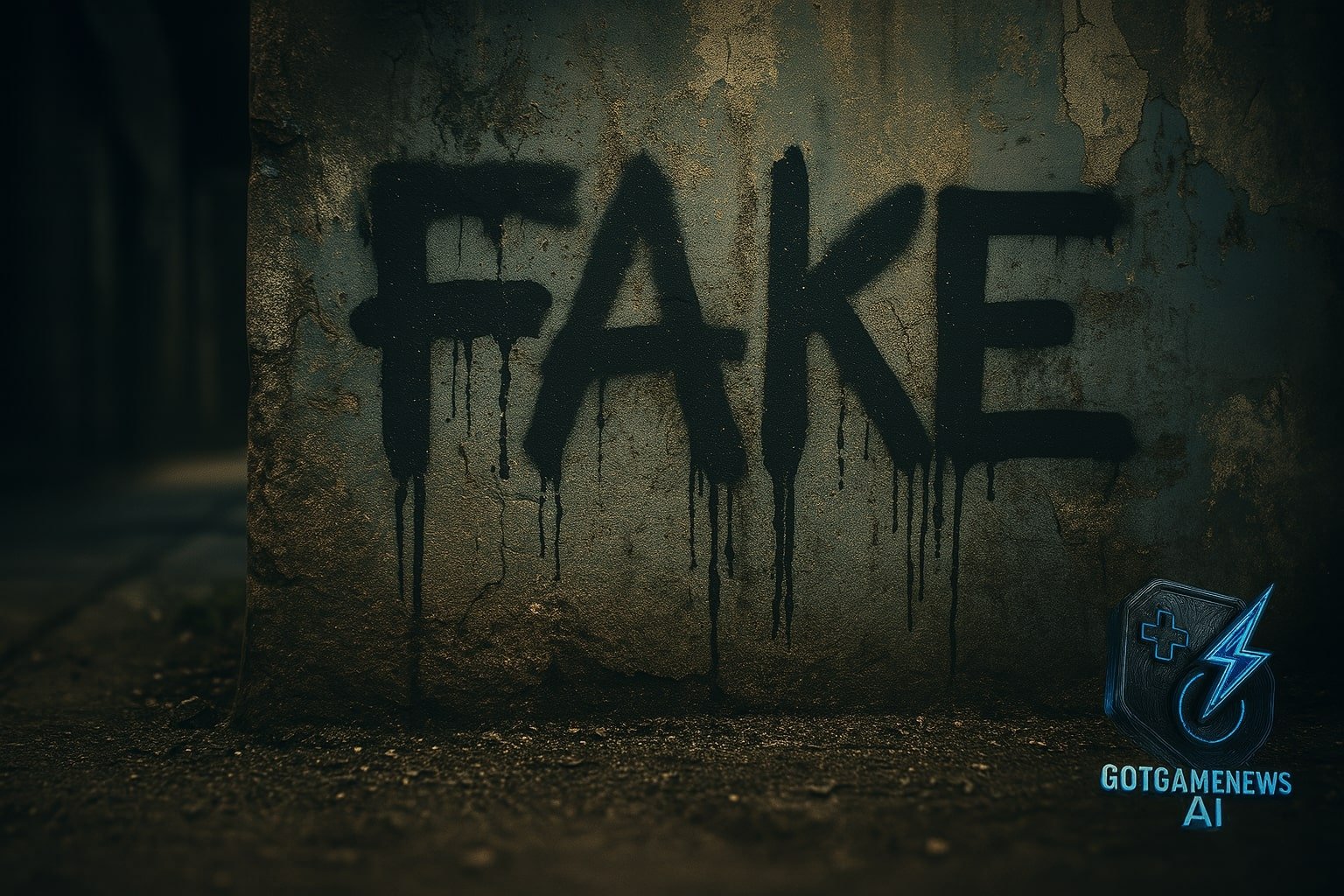By Ryan Daws
When your reflection can be stolen—not by a mirror, but by a model—you might expect Congress to panic. And panic, they did. But the legislation born from that unease, the NO FAKES Act, is no longer just about shielding people from digital impersonation. It has become something stranger: a philosophical chokehold disguised as policy.
The bill’s name is almost quaint—Nurture Originals, Foster Art, and Keep Entertainment Safe—as if it were a government-funded poetry workshop. But the poetry stops at the acronym. What lies beneath is a sweeping proposal that could, depending on whom you ask, either save the digital self or smother the internet in a velvet glove of control.
The Illusion of Consent in a Synthetic Age
Let’s start here: imagine your face becomes a meme, your voice becomes a weapon, and your likeness stars in a film you never auditioned for. That’s not science fiction—it’s market reality. Generative AI doesn’t just imitate. It colonizes.
To some, then, the NO FAKES Act is the barest minimum: a legal brick wall against this slow-motion identity theft. “There has to be a line,” insists Camille Teran, an artist whose work was cloned into an NFT collection last year. “You shouldn’t have to license your own face.”
Fair. But what the bill builds isn’t a line. It’s a labyrinth.
A Law Written in Ink, Enforced by Algorithm
The current draft doesn’t just prohibit deepfakes. It mandates that platforms must prevent their future existence. That means real-time filtering, preemptive takedowns, and automated surveillance of content before it’s even published.
This isn’t protecting individuals—it’s deputizing platforms to enforce pre-crime in pixels.
Worse, these filters will fail. They always do. If you’ve ever had an AI mistake your violin cover for copyright theft (or read our report on broken mod bans in SynthDive), you know exactly what’s coming: false positives, creative paralysis, and a chilling effect that will hit the smallest creators first.
The Software That Could Ruin You
The bill also extends beyond content into the tools themselves. If your software could be used to make a deepfake—intentionally or not—you may be targeted.
This is a dangerous inversion. We don’t ban typewriters because someone might write libel. But the NO FAKES Act flirts with banning Photoshop because someone might abuse the clone stamp. The burden of proof? Foggy. The intent? Murkier still.
And in that ambiguity, small AI developers see extinction. They can’t afford the legal dragnet that will be cast in the name of enforcement. Meanwhile, Google and Meta—curiously quiet throughout—are more than capable of playing gatekeeper.
Their silence is not disinterest. It’s digestion.
The Ghost in the Subpoena
Buried in the legislative fine print is a clause with sharp teeth: anyone can issue a subpoena to unmask an anonymous poster suspected of sharing unauthorized replicas. No judge. No oversight. Just a rubber stamp and a data dump.
This isn’t protection—it’s weaponized transparency. Think of whistleblowers, satire artists, even meme accounts that remix public figures. In the wrong hands, this clause becomes a way to unmask critics or settle scores.
One digital privacy advocate described it bluntly: “They’re legalizing doxxing by proxy.”
No One Owns Their Face, Not Really
Here’s the deeper tension: What is “you” in a world where every syllable, photo, and facial tic can be replicated? The NO FAKES Act attempts to answer that by creating an ownership model for identity. But identity is not a file—it’s a performance, ever-changing, deeply social.
Trying to lock it down with takedown notices and upload filters is like trying to copyright a gesture. What we need isn’t a fortress. It’s a framework that recognizes consent, fluidity, and the right to remix.
What Gamers Have Already Learned
Gamers have already lived this future. The community has seen user-generated content stifled by auto-censorship—from mod removals in Cyberverse to streamers being flagged for background music they created themselves. What began as corporate overreach has become a cautionary tale for what the NO FAKES Act could unleash at national scale.
What if Unreal modders are blocked from uploading realistic avatars? What if dev tools that synthesize voice for RPGs are suddenly “deepfake engines” in the legal crosshairs?
We’ve been here before. Only this time, it’s not just our characters at risk—it’s us.
A Closing Thought
Every generation must ask: what will we allow technology to reflect back at us? The NO FAKES Act tries to answer that with bureaucracy. But code, like culture, refuses to be neatly categorized.
The question isn’t whether we should protect people from being faked. It’s whether we want to build a world where the cost of being real is to be constantly surveilled.
The line between protection and control has never been thinner. Watch your reflection.





